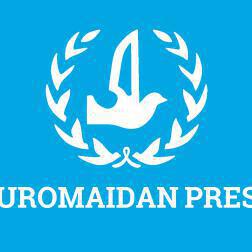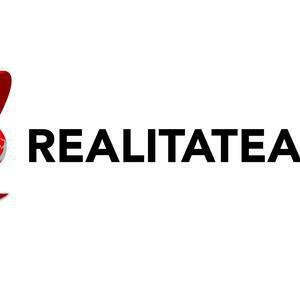- British defense officials have identified suspected Russian surveillance devices in U.K. waters and launched increased monitoring of strategic undersea zones. They believe the devices may have been placed to track nuclear submarines that form the backbone of the U.K.’s deterrent.
- The Royal Navy has deployed the RFA Proteus to monitor foreign underwater activity and track vessels like Russia’s intelligence ship, Yantar, near critical infrastructure.
- Officials link the devices and superyacht surveillance to Russia’s broader “grey zone” operations aimed at undermining Western security through covert, nonmilitary actions.
Full Story
British military forces have located suspected Russian surveillance devices in the waters surrounding the United Kingdom. Some devices washed ashore, while Royal Navy operations identified others at sea. Defense officials believe Russian operatives placed the devices to monitor Britain’s fleet of Vanguard submarines, which maintain the U.K.’s continuous at-sea nuclear deterrent.
How do officials interpret the surveillance efforts?
U.K. military sources say the sensors reflect a larger pattern of Russian undersea espionage. According to The Sunday Times, this effort includes unmanned underwater vehicles and deep-sea submarines capable of operating on the seabed.
While officials have not publicly released the sensors’ precise locations, the U.K. Ministry of Defence maintains that the country’s nuclear deterrent remains secure and undetected.
Have oligarchs’ yachts played a role?
Officials also suspect that Russian oligarch-owned superyachts have conducted reconnaissance missions around British ports. Some yachts reportedly carried “moon pools,” underwater hatches that crews could have used to deploy surveillance gear.
In one 2018 case, a British warship left port early in Cyprus after an oligarch’s yacht moored alongside it, raising concerns about a possible intelligence-gathering operation.
The Royal Navy has ramped up patrols and surveillance, deploying the deep-sea support ship RFA Proteus to counter foreign undersea activity. The ship has tracked Russia’s Yantar, in intelligence vessel equipped to locate, tap or sever underwater cables. The Yantar has appeared near critical infrastructure, prompting close monitoring from British forces.
What steps is the UK taking to strengthen undersea defense?
The Ministry of Defence plans to expand its capabilities with investments in uncrewed submarines, autonomous drones and deep-sea detection systems. Officials are also working to build public-private partnerships with energy and telecom firms to help safeguard vital undersea infrastructure, such as internet cables and gas pipelines.
How does this fit into Russia’s broader strategy?
Defense leaders say these undersea activities align with Russia’s “grey zone” tactics — covert operations that avoid outright conflict while undermining adversaries. Recent incidents have intensified concerns, including damage to Baltic Sea internet cables and the 2022 Nord Stream pipeline explosion.
Officials view the U.K.’s renewed investments in seabed surveillance and deterrence as necessary steps to meet growing strategic threats.






























































